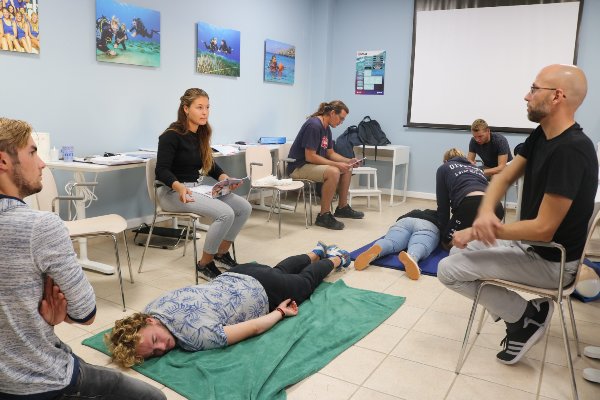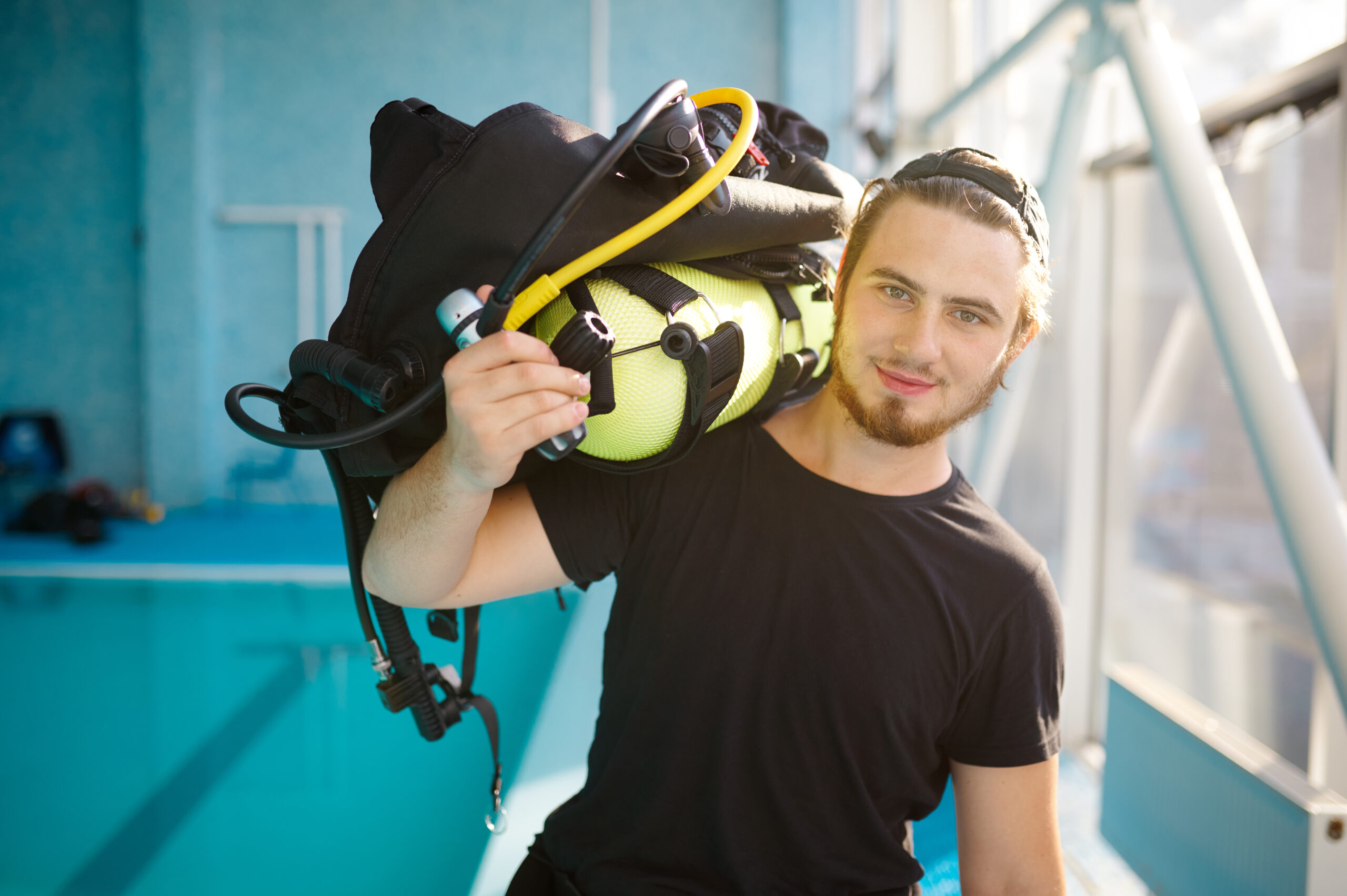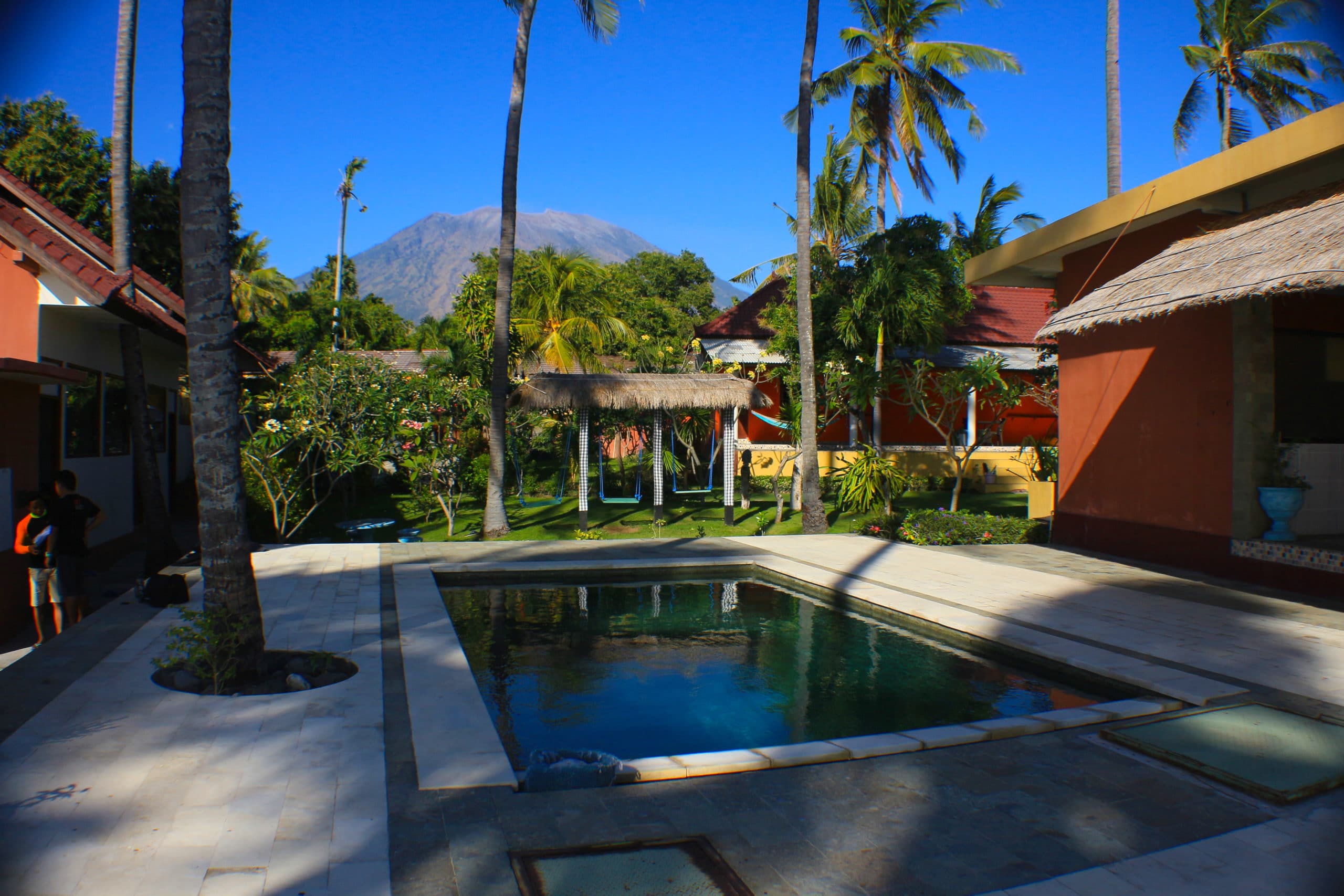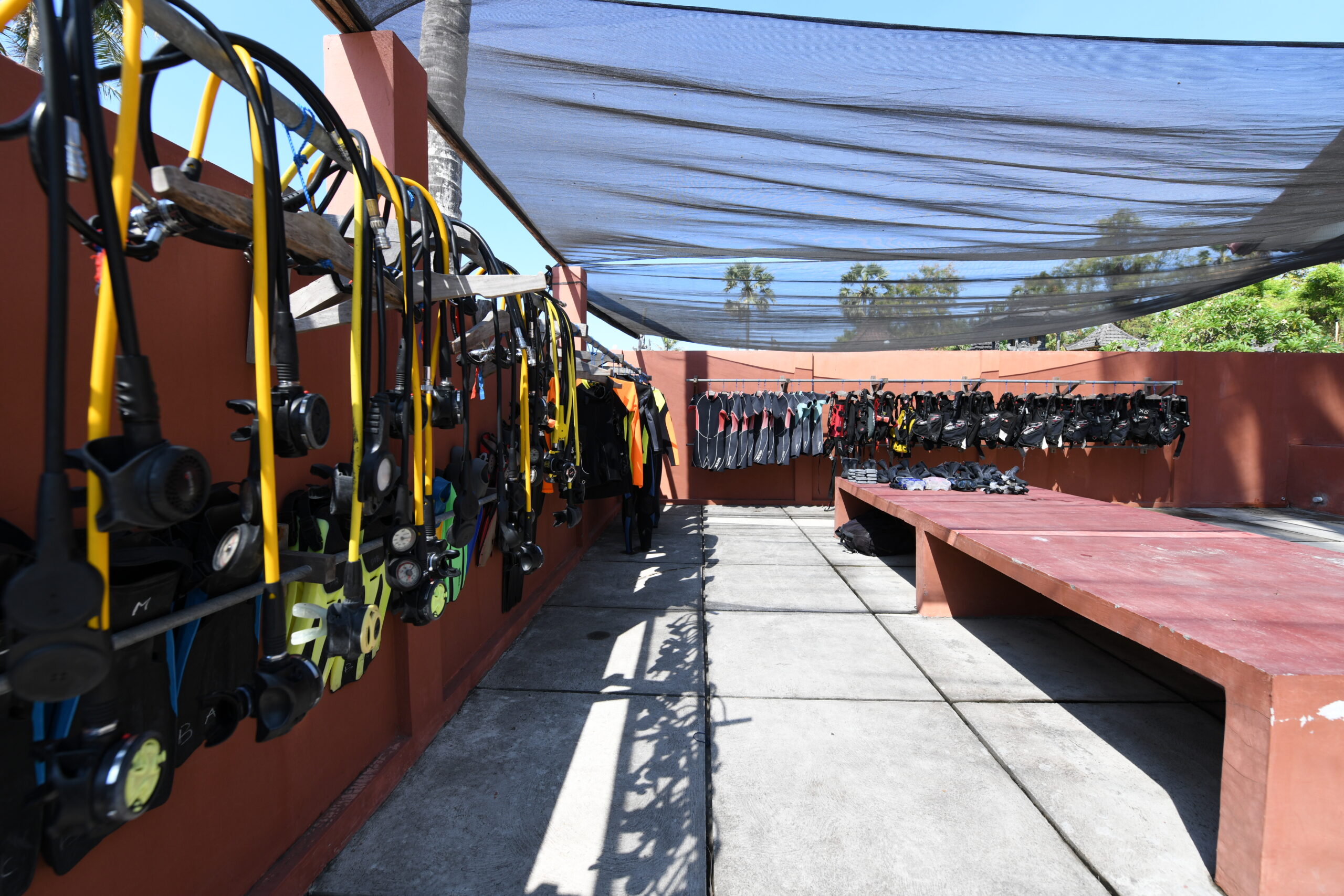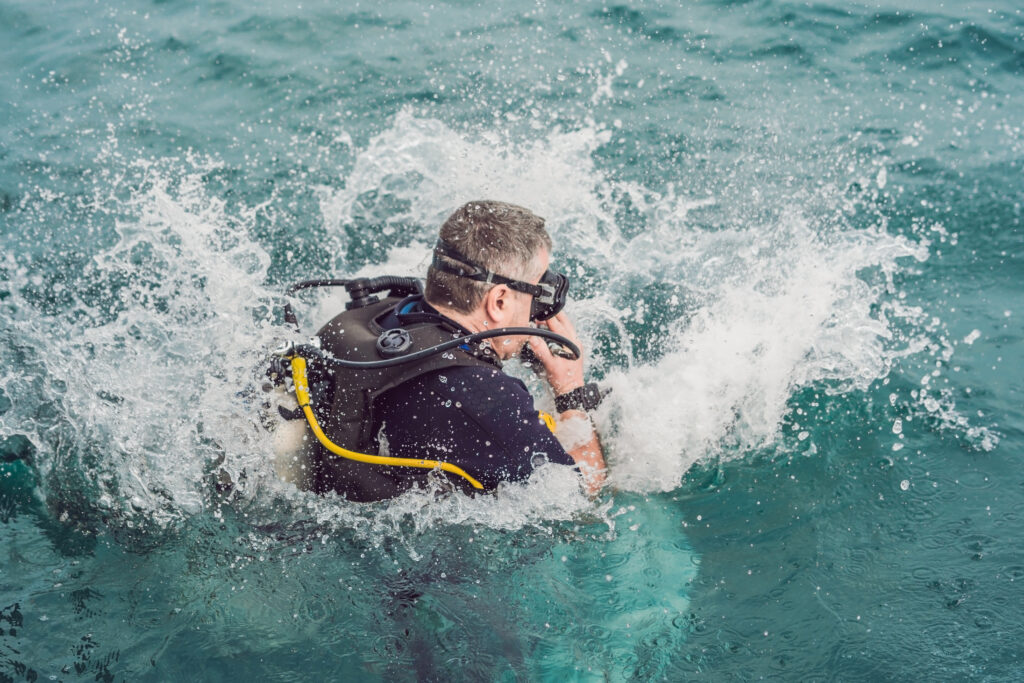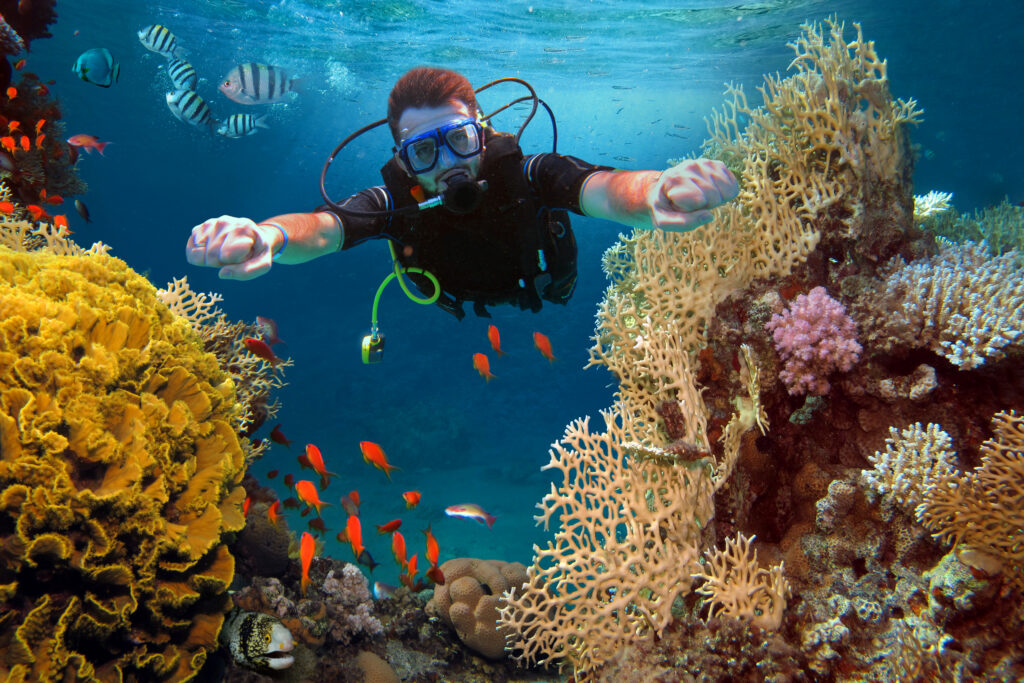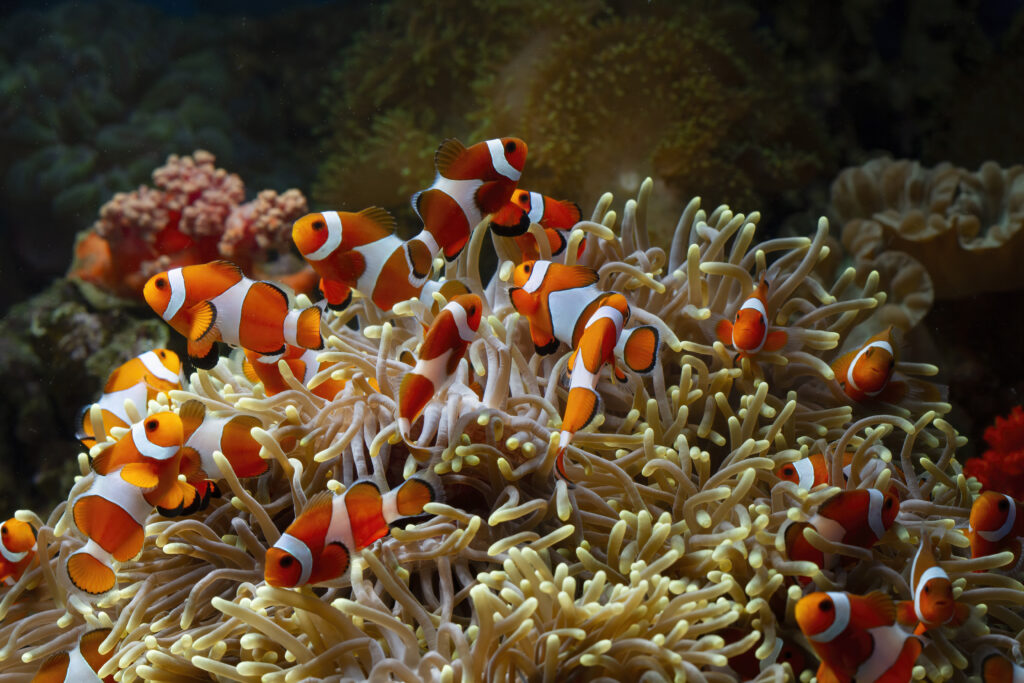PADI Dive Theory (Bali)
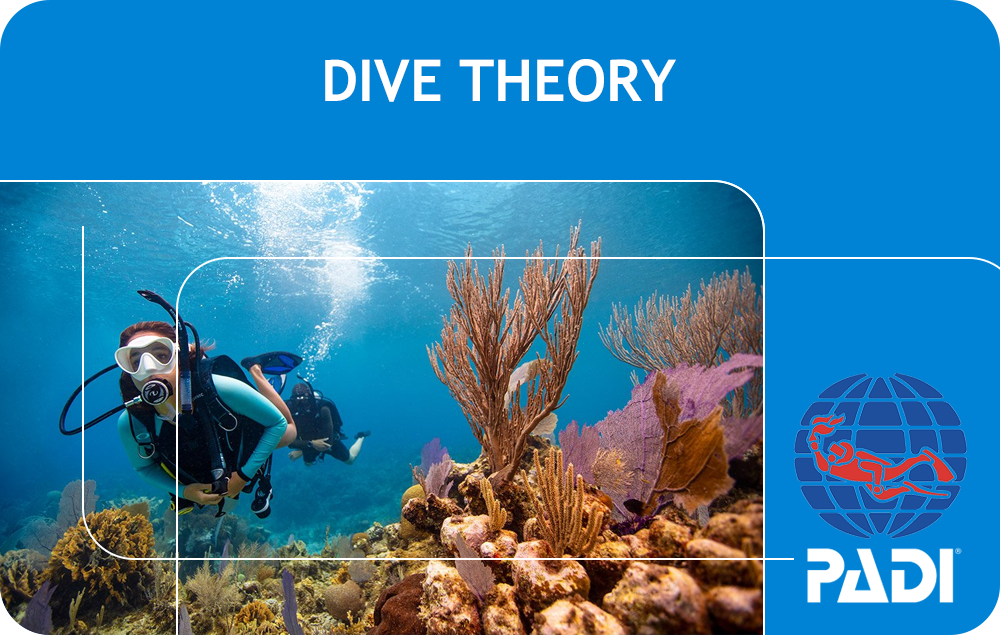
PADI Dive Theory is an online course that will teach you the basic concepts of diving, including physics, physiology, and safety. The course is self-paced and can be completed in your own time. Once you have completed the course, you will be able to take the PADI Dive Theory exam and earn your PADI Dive Theory certification.
The PADI Dive Theory course is divided into four modules:
1. Physics of Diving
2. Physiology of Diving
3. Decompression Theory
4. Dive Planning and Dive Tables
Each module contains a series of lessons and quizzes. Upon completion of all four modules, you will be able to take the PADI Dive Theory exam.
The PADI Dive Theory course is a great way to learn the basics of diving and earn your PADI Dive Theory certification. The course is self-paced and can be completed in your own time. Once you have completed the course, you will be able to take the PADI Dive Theory exam and earn your PADI Dive Theory certification.



